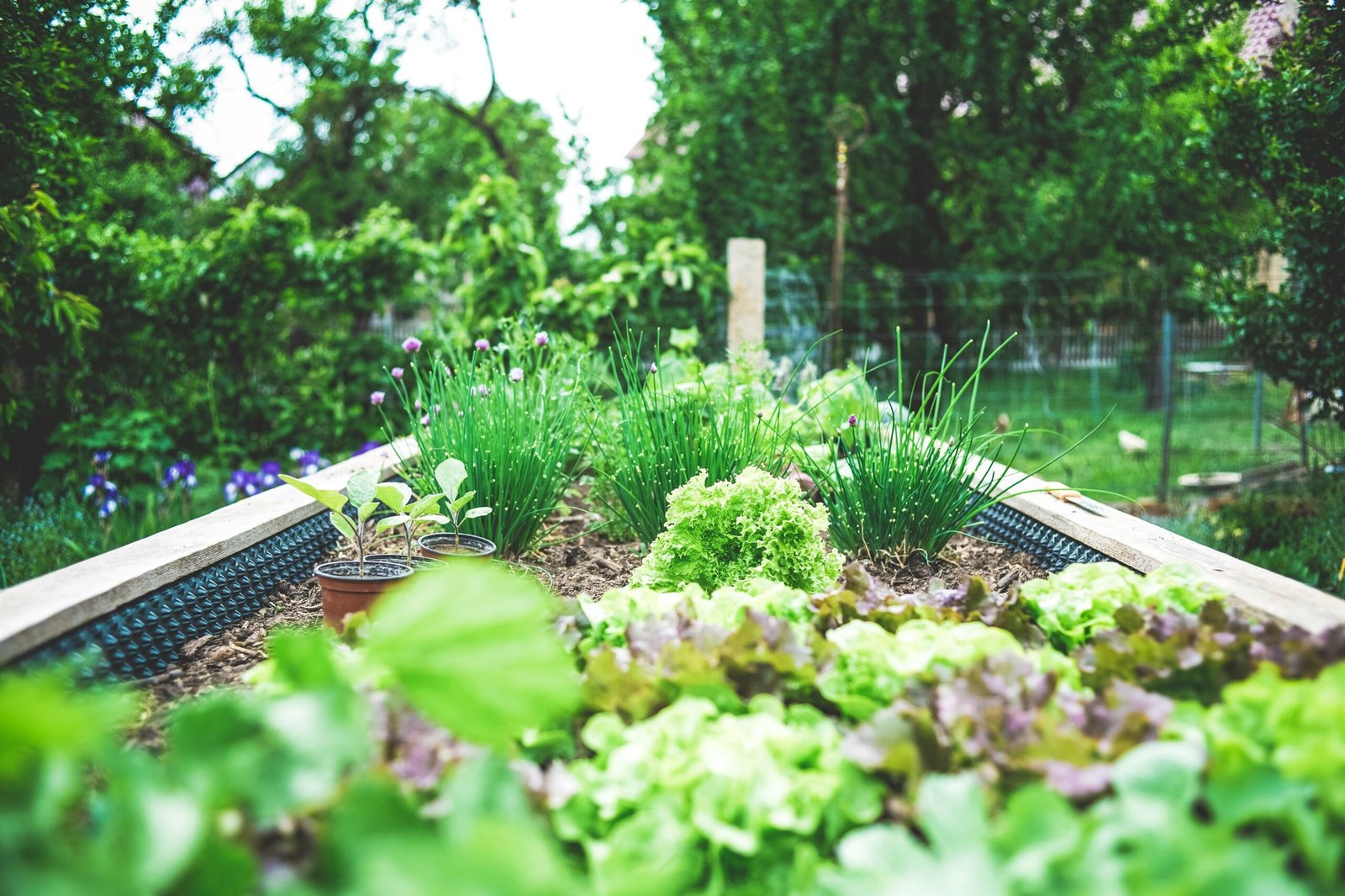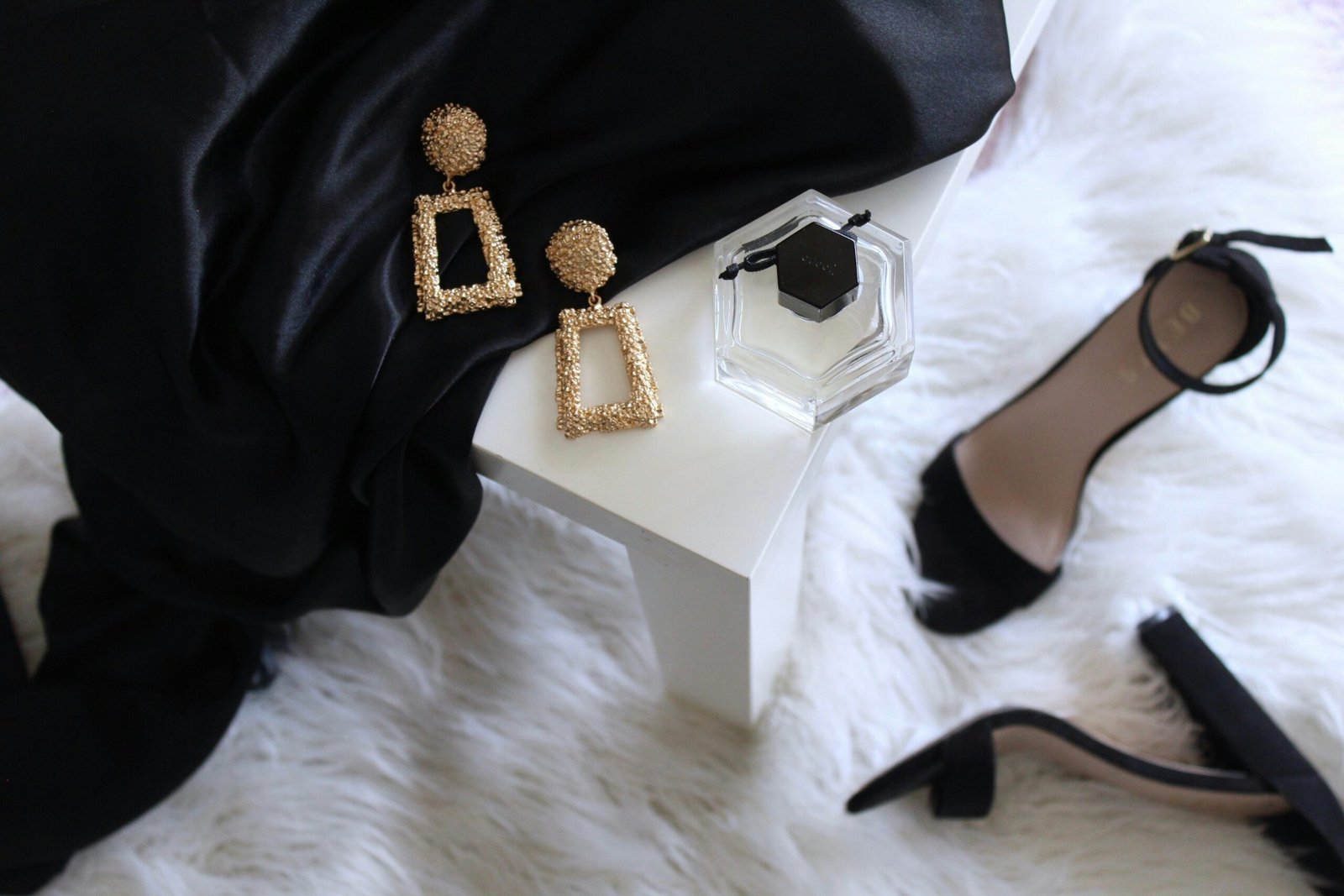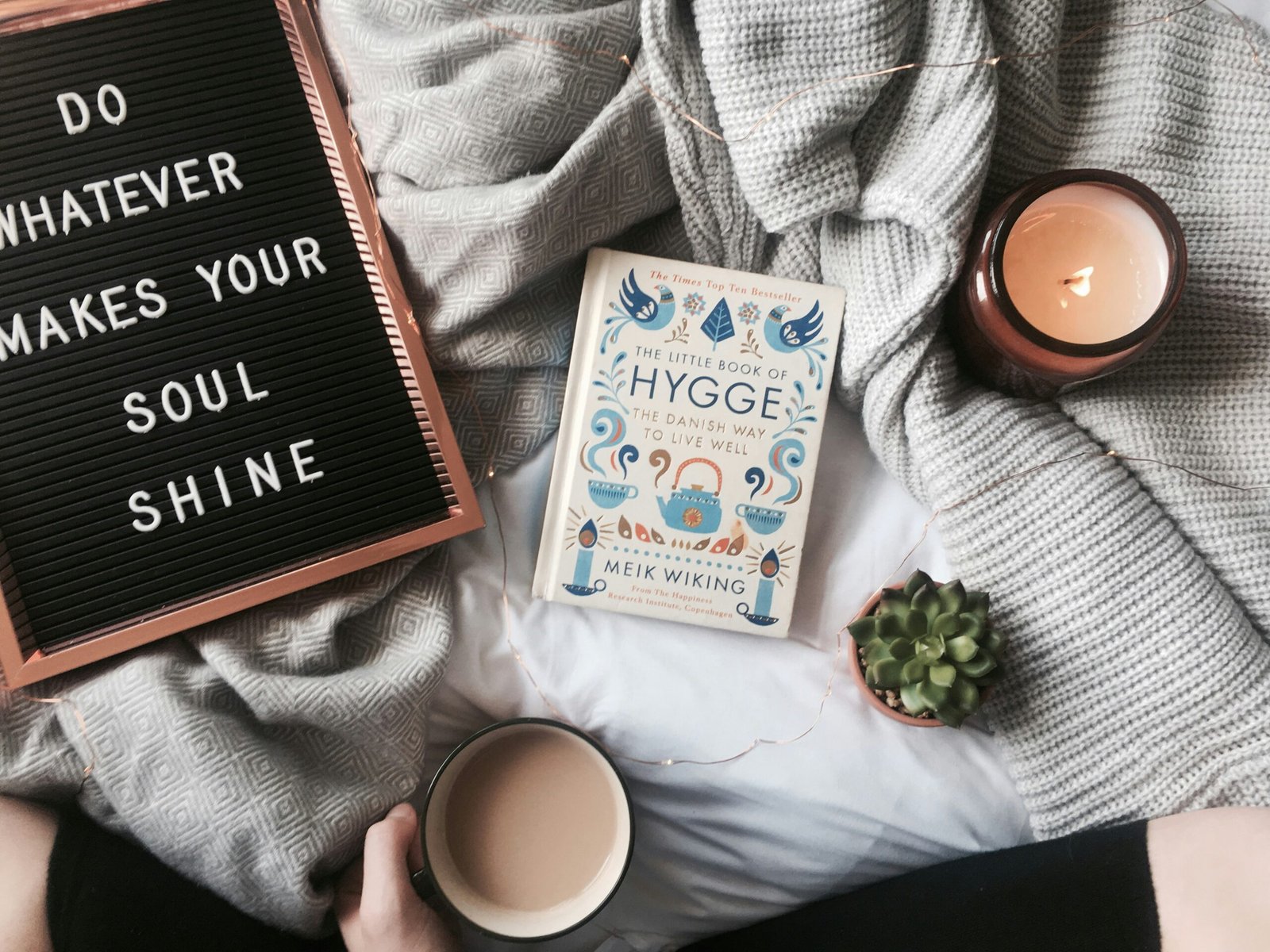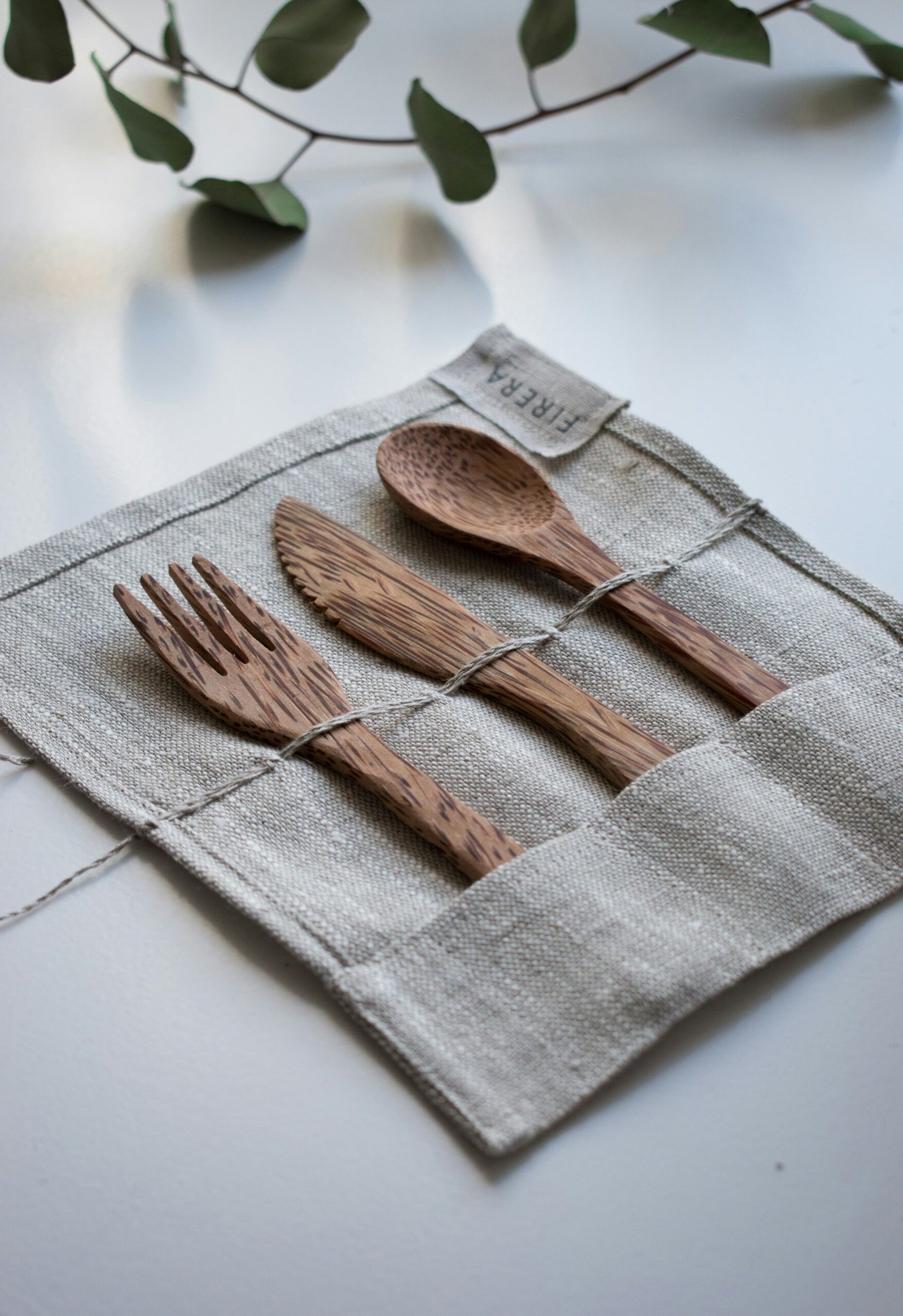
Introduction
Living in an apartment doesn’t mean you can’t enjoy the benefits of gardening. Urban gardening has become increasingly popular among apartment dwellers, allowing them to grow their own plants, herbs, and even vegetables in limited spaces. In this blog post, we will provide you with some useful tips on how to start and maintain an urban garden in your apartment.
1. Choose the Right Plants
When it comes to urban gardening, it’s important to choose plants that are well-suited for apartment living. Look for plants that can thrive in indoor conditions with limited sunlight and space. Some popular choices include herbs like basil, parsley, and thyme, as well as low-maintenance plants like succulents and spider plants.
2. Optimize Your Space
Apartment living often means limited space, but that doesn’t mean you can’t have a thriving garden. Get creative with your space by utilizing windowsills, balcony railings, and vertical gardening techniques. Hanging planters, wall-mounted shelves, and vertical planters can help you make the most of your available space.
3. Choose the Right Containers
Choosing the right containers is crucial for successful urban gardening. Opt for containers that have drainage holes to prevent waterlogging. You can use a variety of containers such as pots, hanging baskets, or even repurpose old containers like mason jars or tin cans. Just make sure they are clean and have proper drainage.
4. Provide Adequate Lighting
Most apartments have limited access to natural sunlight, which can be a challenge for indoor gardening. Place your plants near windows or invest in grow lights to provide them with the necessary light. LED grow lights are energy-efficient and can be adjusted to match the specific light requirements of your plants.
5. Watering and Drainage
Proper watering and drainage are essential for the health of your plants. Avoid overwatering by checking the moisture level of the soil before watering. Most indoor plants prefer slightly moist soil, so make sure to let the soil dry out between waterings. Additionally, ensure that your containers have proper drainage to prevent waterlogging.
6. Use Organic Soil and Fertilizers
Using organic soil and fertilizers is important for the overall health of your plants and the environment. Look for potting soil that is specifically formulated for indoor plants. You can also make your own compost using kitchen scraps or use organic fertilizers to provide essential nutrients to your plants.
7. Regular Maintenance
Like any garden, urban gardens require regular maintenance. This includes pruning, removing dead leaves, and checking for pests or diseases. Regularly inspect your plants for any signs of problems and take appropriate action to prevent the spread of pests or diseases.
8. Get Creative with Plant Arrangements
Urban gardening is not just about growing plants; it’s also an opportunity to showcase your creativity. Experiment with different plant arrangements, mix and match different plants, and play with colors and textures to create a visually appealing garden space in your apartment.
Conclusion
Urban gardening is a great way for apartment dwellers to connect with nature and enjoy the benefits of gardening. By choosing the right plants, optimizing your space, providing adequate lighting, and following proper watering and maintenance practices, you can create a thriving urban garden in your apartment. So, don’t let limited space hold you back from enjoying the joys of gardening!





